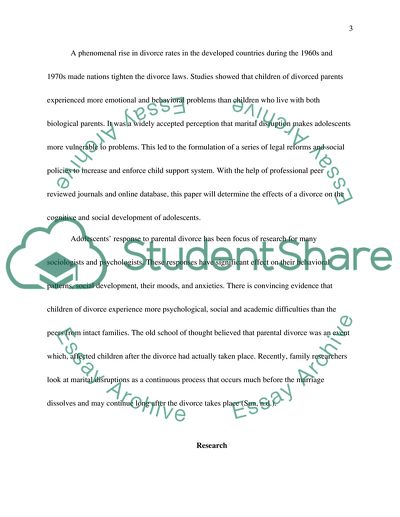Cite this document
(“The effects of a divorce on the cognitive and social development of Essay”, n.d.)
Retrieved from https://studentshare.org/miscellaneous/1536832-the-effects-of-a-divorce-on-the-cognitive-and-social-development-of-adolescents
Retrieved from https://studentshare.org/miscellaneous/1536832-the-effects-of-a-divorce-on-the-cognitive-and-social-development-of-adolescents
(The Effects of a Divorce on the Cognitive and Social Development of Essay)
https://studentshare.org/miscellaneous/1536832-the-effects-of-a-divorce-on-the-cognitive-and-social-development-of-adolescents.
https://studentshare.org/miscellaneous/1536832-the-effects-of-a-divorce-on-the-cognitive-and-social-development-of-adolescents.
“The Effects of a Divorce on the Cognitive and Social Development of Essay”, n.d. https://studentshare.org/miscellaneous/1536832-the-effects-of-a-divorce-on-the-cognitive-and-social-development-of-adolescents.


